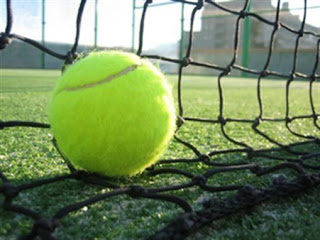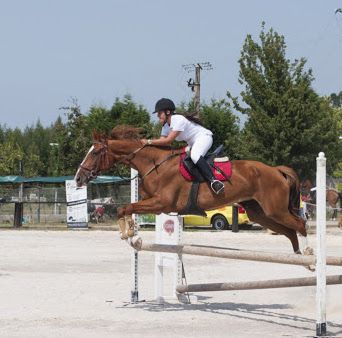I’m sure you’ve ever wondered why there’s sand on the paddle courts, or on the horse courts.
The truth is that we want to help you solve these doubts. Therefore, let’s explain what the sign of a paddle tennis court looks like and what function the sand has, and also because silica sand is used in equestrian installations.
Why does silica sand for grass include the track Paddle?
Let’s go in parts. First of all, we want to clarify by what is included in this element. Fundamentally, for four reasons equally Important:
Generates a more regular and consistent pot of the ball.
It favors player journeys, avoiding slips and, with them, a good number of injuries.
Extends lawn life. If not present, filaments would be crushed and end up worn out much earlier. Your presence keeps the different fibers vertical and facilitates their maintenance.
It prevents the presence of fungi and other organisms, as the silica prevents moisture from the track.
It is therefore appropriate that a sweep be carried out newspaper to evenly distribute the sand on the court, as tends to accumulate in the backgrounds, the center of the track and the vicinity of the net.
There are several types, although the most commonly used is silica sand for cesped, with grain sizes 0.5 to 0.8 mm.
In conclusion, the mission of the arena on the paddle courts is essential. Make sure you don’t miss the hardest areas, such as the serve and transition areas to the volley.

But we don’t just use silica sand on paddle courts. We can also find it in the construction of tracks for horse riding,
Silica sand is the basic raw material for making
both the best tracks with automatic irrigation systems and other tracks more
simple ones, and it varies only the way they are used.
Such sand has a magnificent behavior with rainwater; water
acts in The Silica by oversaturation, i.e. the sand is saturated with water, and
from this point the water runs over the sand in the same way
you would do it on a glass, as long as you work with the sub
appropriate base and the correct slopes.
Depending on the discipline we are going to develop in the track, whether Jump or Dome different types of sand are used to give more hardness or more fluffy to the track.
Sand must have characteristics:
- Natural
- extra-silysus
- clay-free
- to sub-angular grains
- fine granulometry (type 0.06/0.35 mm)
To avoid:
- A crushed sand is abrasive and does not fit due to its abundance of dust during the summer and becomes the hard surface in winter.
- Thick sand will make the ground too soft.
- An alluvial sand because the ground is slippery, the horse does not feel safe and cannot give his best.

